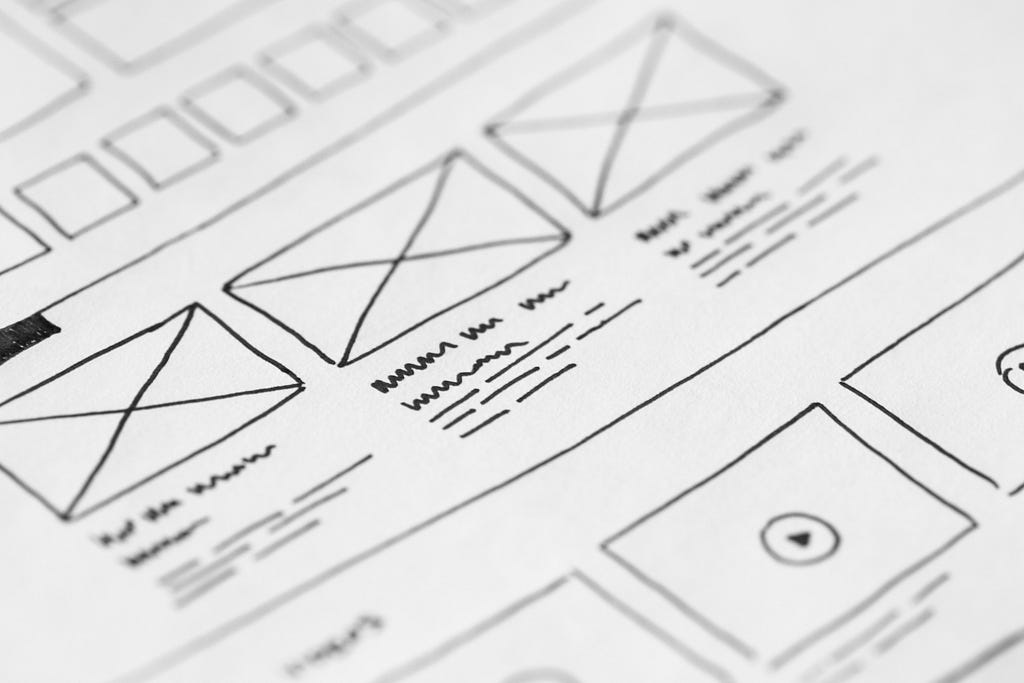Stop doing fake UX projects and get the real experience
Recently we are recruiting a new User Experience (UX) Designer and received several applications. After reviewing the CVs, I found many candidates did good-looking but fake projects and put them in their portfolios.
When I say “fake projects”, I mean the projects imagined by oneself, not triggered by requirements from real customers. For example, you may want to redesign WebsiteX because “I think the user interface of WebsiteX isn’t easy to use”. Based on the idea several User Personas are created. Then come Customer Journey, User Flow, Prototype…all the standard parts in the standard UX design process. Everything looks perfect, like a textbook case of UX Design.
Unfortunately, it’s fake. You don’t know WebsiteX’s business goal and target users. You don’t have the data to prove the personas. You don’t show your design to the developers, so you won’t hear “it’s technically not feasible”. You can’t test the prototypes with real users and improve them. With such a project, it only shows that you learned the theory of UX Design. It can’t prove that you can work as a UX Designer. No matter how many fake projects you’ve done, they don’t count as your work experience.
You probably already heard about it: “UX Design is not UI Design.” The difference is especially clear in the case of fake projects. UI Design is focusing on visual design. UI Designers will get specific requirements and deliver the design assets. UI Designers don’t have to participate in the whole product lifecycle. With fake projects, UI Designers could practice their visual design skills, and the recruiters could judge a UI Designer based on the visual design per se, whether the project is fake or not.
UX Design, by contrast, is a whole process. It starts with defining the problem, which is crucial and hard. A product that solves a false problem is worthless, which also means the total failure of its UX Design. In fake projects, you just invent problems and skipped the cornerstone of UX Design. It’s a dangerous habit for your profession.
In real projects, UX Designers have to work with the product manager, developer, and many other roles inside the company. They must defend their design decisions, present their ideas to stakeholders, fight for the priority, and compromise if the design is too difficult to implement…all these things you won’t experience in fake projects, yet UX Designers’ everyday life is full of them.
I understand the dilemma that many newcomers are facing: most positions require work experience, but you can’t gain work experience if you don’t get the offer first. That’s why many people do fake projects for a better portfolio. However, if the recruiter knows what UX Design truly is, the perfect fake projects will be quickly ignored. Most companies don’t have high UX maturity and only need UX Designers that can deal with the ugly reality.
So stop doing fake projects. Try your best to find an internship to get your hands dirty with real projects. Or reach out to small businesses or non-profit organizations around you to solve their real problems voluntarily. Even if the design outcome is not perfect, the struggles you had are real experiences. Write down the stories in your portfolio. It will help you find new jobs.
On the other hand, some courses in universities and bootcamps teach students UX Design by using fake projects. In the end, the students will get fake projects in their portfolios and a pretty certificate. No wonder why the students have problems finding a job. The teachers should get some projects from the real world for the students to give them a true education.
After all, you can’t learn how to swim by standing on the land and waving your arms in the air.


